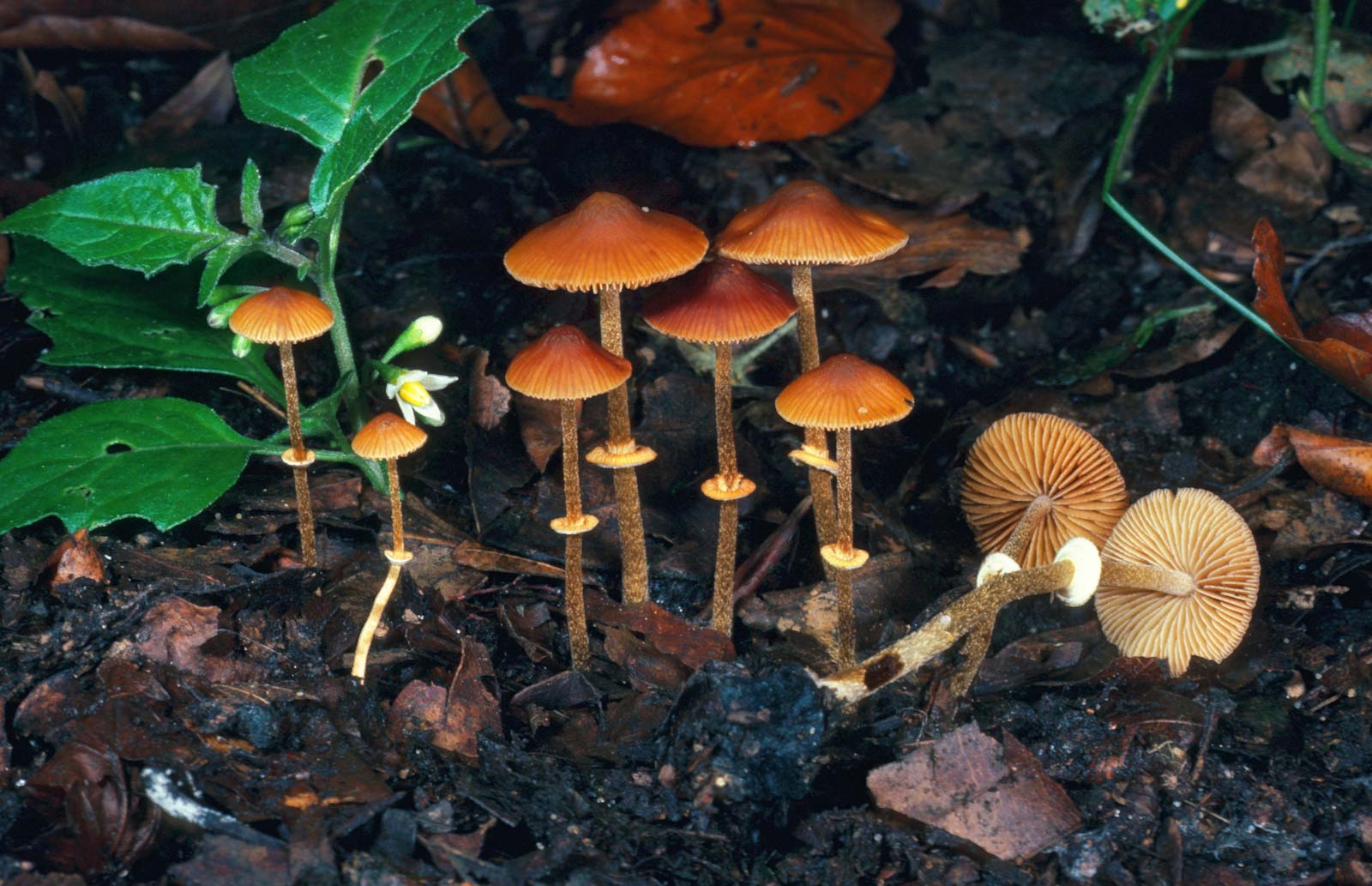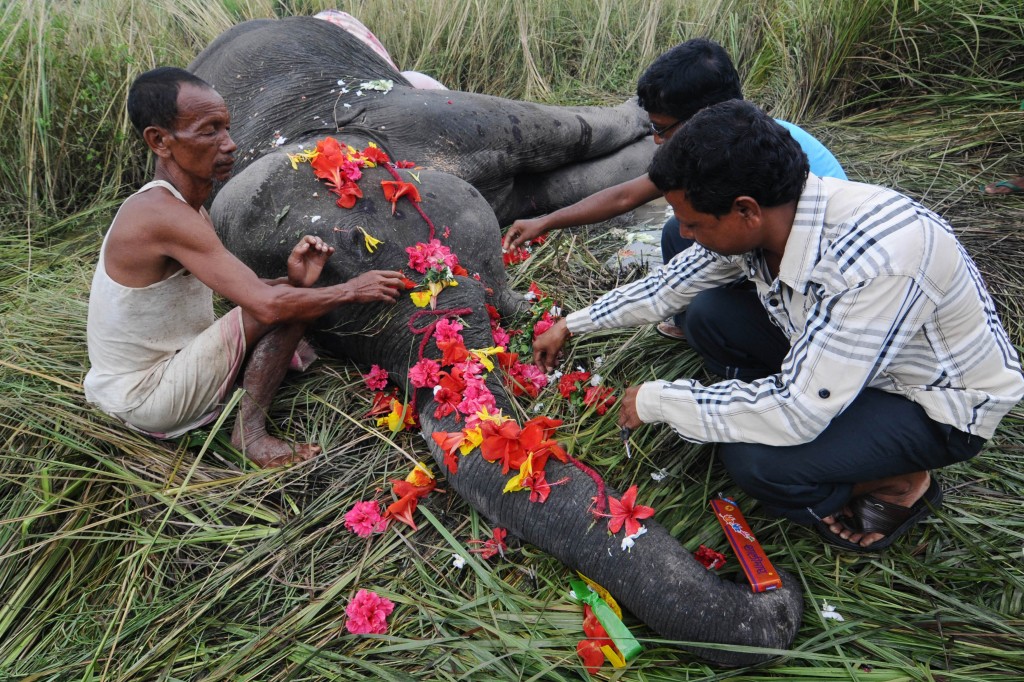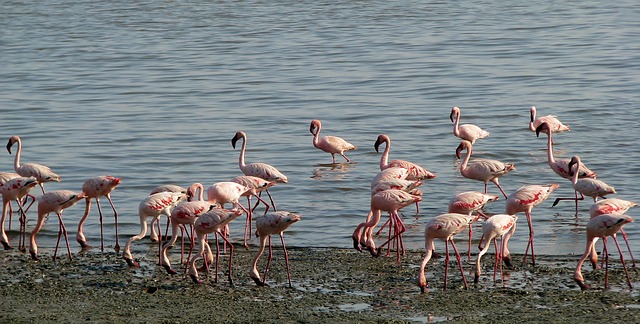Come monsoons, and the thick undercover of Western Ghats forests are transformed into a magical kingdom of mushrooms – ending their mysterious life spent underground and popping out for a brief moment as if just for the purpose of enhancing the life nurturing quality of the season.
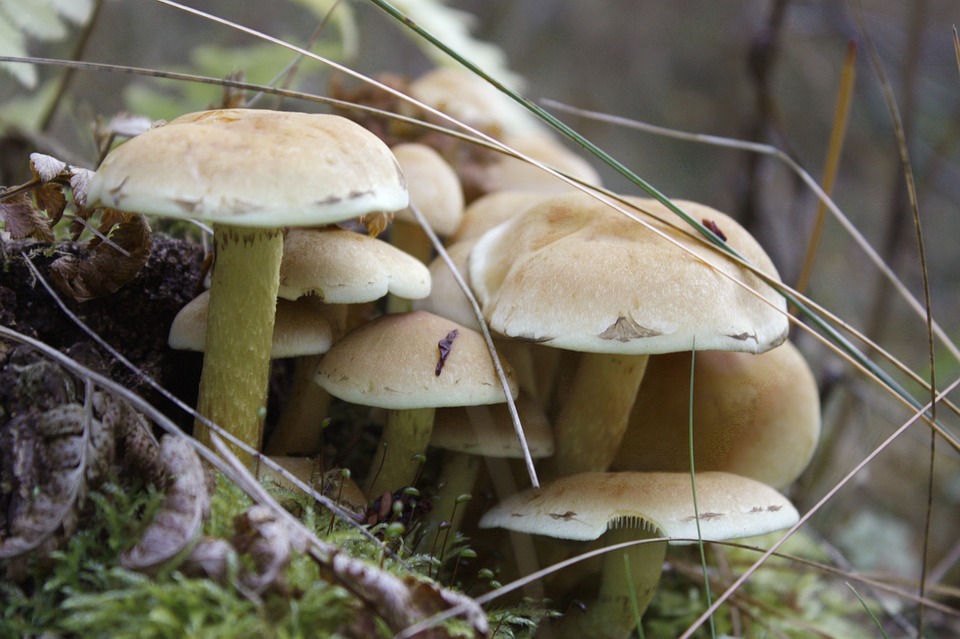
Unlike the supermarket versions of the packed button mushrooms that are specifically cultivated for mass consumption, wild mushrooms are season specific, habitat specific, diverse in their shape, texture and sizes, and thus much more fascinating and rare. In the culinary and medicinal world, they are highly sought after for this very exotic nature, making the foraging and selling of the fungi a huge business during the golden period when they are available.
Read More: Researchers Find Thousands Of Fungi Species In Singhgad Forest
In Karnataka, wild mushrooms sprout in plenty, thanks to the perfect climatic conditions of humidity and moisture during the monsoons as well as the abundance of soil enriched with rotten dry leaves, and natural waste. However, only a fraction of total fungal wealth has been subjected to scientific scrutiny as defining the number and kinds of fungi is a challenge. This is because mushrooms are ephemeral and disappear within a day.
Therefore, documentation of mushrooms needs constant survey during the appropriate season. Nevertheless, scientists have still been able to report about 163 morphotypes of macrofungi from Kodagu district, 778 species of macrofungi from Shivamogga district, 90 species of mushrooms in and around Bengaluru, and 135 species of macrofungi from Western Ghats during different surveys conducted in different years between 2006 and 2015.
Foragers of the forest
Quite interestingly, the people with the most knowledge of wild mushrooms are the ones who rely not on science but the traditional wisdom passed on from one generation to the other. Ethnic groups and tribal communities have for centuries entered the heart of forests knowing precisely when and where to look to find a particular variety of mushroom.
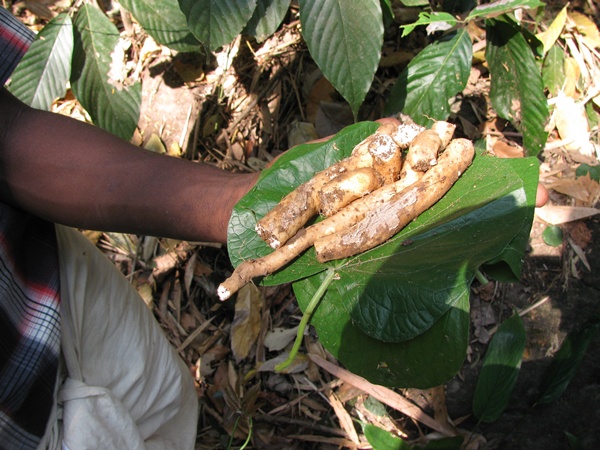
The Amma-Kodava, Are-Gowda, Iri, Billava, Kembatti-Poliya, Kodava, Kukka-Poliya, Kudiya, Kuraba, Madiyala, Meda, Vokkaliga-Gowda, Panika, Peggade, Siddi and Yerava communities have used the know-how passed on by their forefathers to forage for mushrooms based on their appearance, smell, shape and location.
Read More: Pay A Fine if you step on this Hill! Tribal Find a Unique Way to Protect Nature
These indigenous techniques of identification of mushrooms are as varied and distinctive as the mushroom species themselves. From forests to sacred groves, lateritic scrub to orchards, plantations to bamboo thickets, even residential locations, kitchen gardens and termite-infested regions are a veritable treasure trove of mushrooms if you know where to look and what to pick.
Equally interesting is the ethnic nomenclature for each of the fungi. Names vary based on the tribe, still they give a good sense of where the mushroom is coming from. For instance, punda kum is the vernacular name given to mushrooms growing on nodal region of bamboos, whereas those growing on dead logs of mango trees are called mange mara kum.
With the first pitter-patter of the rains, the forest dwellers begin to tread the muddy paths in search of these delicate seasonal growths, which was at one time only available for local consumption, but now increasingly for selling and earning some quick bucks too.
Overharvesting threat
Many mushrooms have therapeutic properties, such as antioxidant, antimicrobial, anticancer, cholesterol-lowering and immunostimulatory effects. Many genera of mushrooms are edible and are rich in essential nutrients, such as carbohydrates, and have a low fat and oil content, and contain proteins, vitamins, mineral, fibre and various amino acids. Even if the medicinal or nutritional value is not known, the attraction of having mushrooms harvested straight from the forests has elevated their demand in many states.
Goa especially has a high demand for mushrooms called the olmi mushrooms — the Termitomyces varieties or those that grow on termite mounds. Goan homes have been using this for a long time and are willing to pay a handsome price when the mushrooms are available. In the streets of Panjim, and other places of the state, vendors can be seen selling the different varieties like Termitomyces clypeatus, T indicus and T Umkowaan for a price of Rs 500-600 per kg. These are harvested from the forests of Goa, Maharashtra and Karnataka and needless to say are one big reason for disrupting the balance of nature because of overharvesting.
Read More: Vanishing Ecological Inheritance
Termitomyces mushrooms grow in a completely dependent relationship with termites. The termites collect and ‘plant’ the seed-like fungal spores on comb-like structures in their underground nests and fertilise them with their manure. They receive valuable nutrients by eating the underground ‘roots’ or mycelium of the mushrooms from their ‘fungal gardens’. It is this intimate relationship that humans have not been able to replicate and thus, the mushrooms can only be harvested from the termite mounds in the forest. With kilos plucked and served to urban population, the losers are the termites and eventually the nature cycle that is disrupted.
One third of fungal diversity of the globe exists in India and of this, only 50% has been characterised so far. Not to be fooled by their miniature size, wild mushrooms are an important part of the ecosystem in multiple ways. Neither plants nor animals, these fungal species exist as symbiotic partners with plants to help them extract minerals and water from the soil; in exchange getting sugar compounds from the tree. Sometimes, as in the case of termites, mushrooms exist to provide food for them, and at other times as decomposers .
To know so little about them, and allow unscrutinised harvesting is thus an unwelcome way to lose some very interesting and unique living forms. Wild mushrooms need greater scientific attention and protection to continue to thrive and applaud the oncoming of monsoons with their sporadic outbursts on the forest floor.
This article by Atula Gupta was originally published in Deccan Herald
Featured image via Gazette Metro





